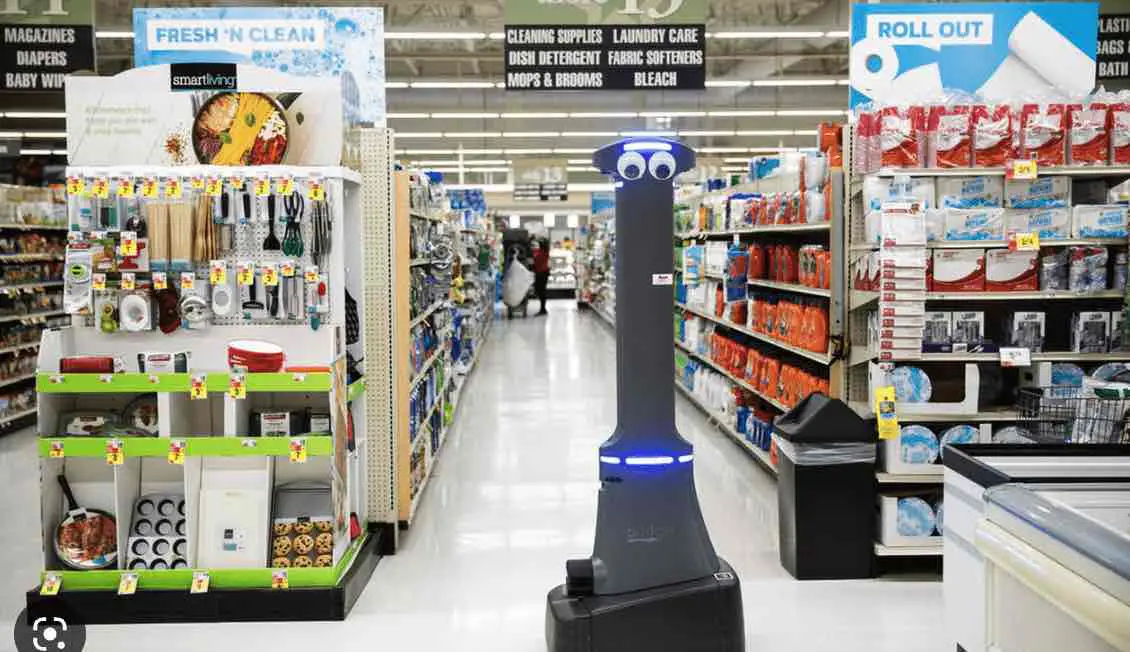
Introduction
The COVID-19 pandemic showed us just how chaotic grocery stores could become. With long lines, people struggling to find the items they needed, and social distancing guidelines in place, it was a huge challenge for daily shoppers. In response, stores are looking for ways to make the shopping experience simpler and more efficient.
The rise of autonomous robots coinciding with the need to simplify grocery shopping gave birth to Marty the Robot. But exactly who is Marty, and what can it do? Read on to find out more about this robot and how you might encounter him on your next shopping trip.
Also Read: AI & data-driven Starbucks – Deep Brew
Who is Marty The Robot?
Marty is a slender, gray, and white robot roaming the aisles of select grocery store chains. His cartoon eyes and friendly demeanor make it easy to spot him among the other shoppers. Marty moves slowly and stands at the height of six feet tall, or the highest shelf. As such, Marty is not one individual robot but a line of autonomous robots created by Badger Technology. Each robot weighs a hefty 140 pounds and costs $35,000.
Ahold Delhaize then unveiled the robots. Ahold Delhaize is a food and grocery retail company with subsidiaries such as Food Lion, Stop & Shop, Giant Food Stores, and Hannaford. They’ve already deployed Marty, the lithium-powered Robot, to hundreds of stores across the United States and Europe. His goal? Improve the customer’s shopping experience.
What Can Marty The Robot Do?
Upon meeting Marty, it’s hard to ignore the sign on his trunk:
“This store is monitored by Marty for your safety. Marty is an autonomous robot that uses image-capturing technology to report spills, debris, and other potential hazards to store employees to improve your shopping experience.”
Marty can detect when something is amiss in the store, such as a spill. His cameras capture images of the area, and store employees are sent an alert so they can address the issue quickly. These video capabilities are made possible through eight high-resolution cameras, which can detect potential dangers hidden from the human eye.
As for navigating the store, Marty utilizes a suite of position sensors (LiDAR) and mapping software to move around the store independently, without any human guidance. He moves slowly and is programmed to avoid customers and other obstacles. The technology uses infrared light to detect the hindrances in his path and adjust accordingly. Think of it as the backup sensor you might have in a car, but for robots!
His surveillance capabilities don’t stop there. Marty can also scan shelves and report when something is out of stock. He can check prices and automatically cross-reference the store’s inventory database, which helps him identify discrepancies between what is on the shelf and what should be there.




